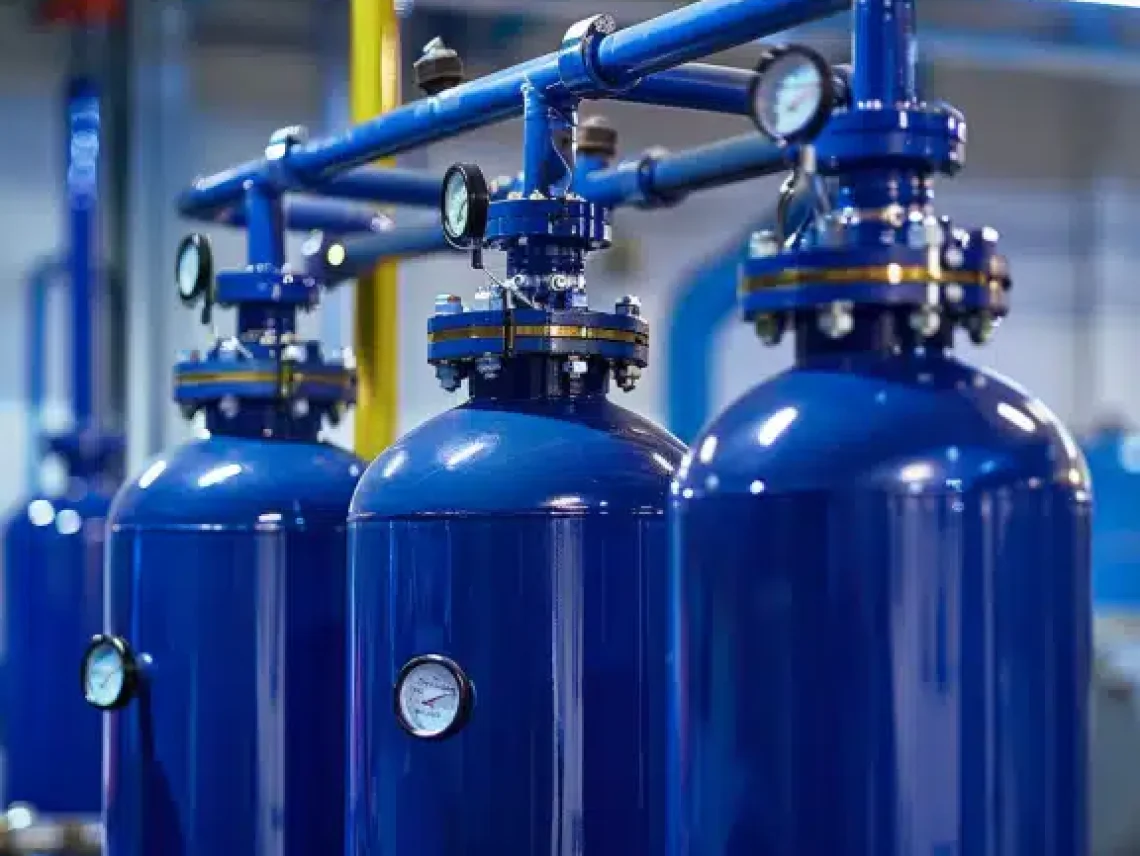
Table of Contents
ToggleThe 250 barliter rule defines a crucial safety threshold used in the pressure vessel industry. It’s calculated by multiplying internal pressure (in bars) by vessel volume (in liters). If the result exceeds 250, more stringent inspection standards and regulations apply. For engineers and manufacturers, understanding and applying this calculation ensures legal compliance and operational safety.
The 250-bar liter Rule, often referred to in industry shorthand as the bar liter threshold, is more than just a regulation it’s a critical benchmark for safety and performance in the pressure vessel industry. It outlines the minimum design, fabrication, and inspection standards to ensure vessels can safely contain gases or liquids under pressures up to 250 bars. When a vessel’s bar liter value (pressure × volume) exceeds this limit, it triggers stricter compliance requirements. This makes understanding the bar liter rule essential for engineers, manufacturers, and safety inspectors alike.
The 250-bar liter rule is more than a regulation—it’s a critical benchmark in safety codes like the UK’s Pressure Systems Safety Regulations (PSSR) 2000. It defines when a vessel requires stricter compliance. In the U.S., it aligns with guidance from OSHA, helping engineers and inspectors make safe design decisions.
Looking back, the evolution of the 250 Bar Litre Standard provides valuable insight into the technological advancements and safety enhancements that have shaped the pressure vessel industry. At Red River, we honor these developments by incorporating their principles into our modern production processes. As a result, every vessel we fabricate adheres to time-honored standards while embracing forward-thinking innovation.
To fully grasp this rule, it is essential to understand its terminology. “Bar” is a unit of pressure, equal to 100 kilopascals (kPa). “Liter” measures internal volume. In pressure vessel regulations, multiplying these gives the bar liter value. For example, a tank holding 10 liters at 25 bar has a 250 bar-liter rating hitting the safety threshold. By ensuring our customers are well-informed, we promote a deeper understanding, thus making every project a collaborative journey toward excellence.
At the core of the 250‑bar liter concept lies physics, materials science, and engineering rigor. At Red River, we embrace this complexity, turning raw materials into vessels that endure pressure and time. Engineers commonly apply this formula:
Bar Liter = Internal Pressure (bar) × Volume (liter)
This simple but powerful equation determines whether extra certifications are needed. Understanding it helps you in designing pressure vessels that comply fully. This threshold determines when additional compliance steps are needed under standards like ASME Section VIII, which is enforced through U.S. maritime and industrial codes like 46 CFR Part 54.
| Vessel Volume (L) | Pressure (Bar) | Bar Liter Value | Below 250 Threshold? |
|---|---|---|---|
| 5 | 40 | 200 | ✅ Yes |
| 10 | 25 | 250 | ⚠️ Right at limit |
| 20 | 15 | 300 | ❌ No |
Understanding the 250 bar liter rule isn’t just about compliance it’s about engineering safety, reliability, and regulatory readiness. Whether you’re designing a small compressor tank or a large-scale pressure vessel, applying the correct pressure-volume calculations ensures that your equipment meets both performance and legal standards. At Red River, we take pride in helping our clients navigate these technical thresholds with confidence.
Whether you’re designing, fabricating, or sourcing pressure vessels, understanding the 250 barliter rule is just the beginning. Let Red River help you build safer, smarter systems.
Contact us today to get expert guidance and American-made quality you can count on.
The 250 bar liter rule is a key threshold in many safety codes. It separates low-risk from high-risk pressure equipment. If a vessel exceeds this limit, stricter inspection, design standards, and regulatory oversight are enforced under codes like PED and ASME.
Adhering to the 250 Bar Litre Rule requires a thorough design approach. Engineers must consider material selection, thickness, vessel shape, and protective features. Specific calculations and simulations help predict how the vessel will perform under pressure. This ensures compliance with safety requirements.
Yes, pressure vessels can be customized to meet specific operational needs while following the 250 Bar Litre Rule. Customization can include adjustments in length, materials, and additional safety features. However, all modifications must undergo rigorous testing and certification to ensure compliance with safety regulations.
The 250 Bar Litre Rule helps unify protection standards across international markets. It ensures consistency in pressure vessel safety, making global trade easier for manufacturers. By following this rule, companies can meet recognized safety standards, allowing their products to be accepted in multiple markets.
Advancements in manufacturing technology, substances technology, and non-detrimental testing methods have a profound effect on compliance with the 250 Bar Litre Rule. These advancements allow greater particular engineering designs, higher-quality materials that may face up to greater pressures, and extra powerful trying out methods to hit upon ability flaws.
Multiply the internal volume (in liters) by the maximum operating pressure (in bars). For example, 12 liters at 20 bar = 240 bar liters.
Table of Contents
ToggleIn the realm of industrial solutions, Red River emerges as a pioneer, offering a diverse range of custom-engineered products and facilities. Among our specialties is the design and production of Custom/OEM Pressure Vessels, meticulously crafted to meet individual client requirements, ensuring performance under various pressure conditions. Our expertise extends to the domain of prefabrication, where Red River leads with distinction.
The company excels in creating prefabricated facilities, modules, and packages, reinforcing its stance as a forerunner in innovation and quality. This proficiency is further mirrored in their Modular Skids offering, where they provide an array of Modular Fabricated Skid Packages and Packaged equipment. Each piece is tailored to client specifications, underlining their commitment to delivering precision and excellence in every project they undertake.